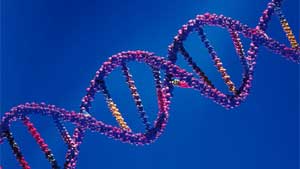Originally posted by krobison
View Post
based on this paper : http://www.plosone.org/article/info:...l.pone.0016073
To make these new discoveries he used sequencing of the Y to find these new snp's
Originally posted by krobison
View Post



Leave a comment: